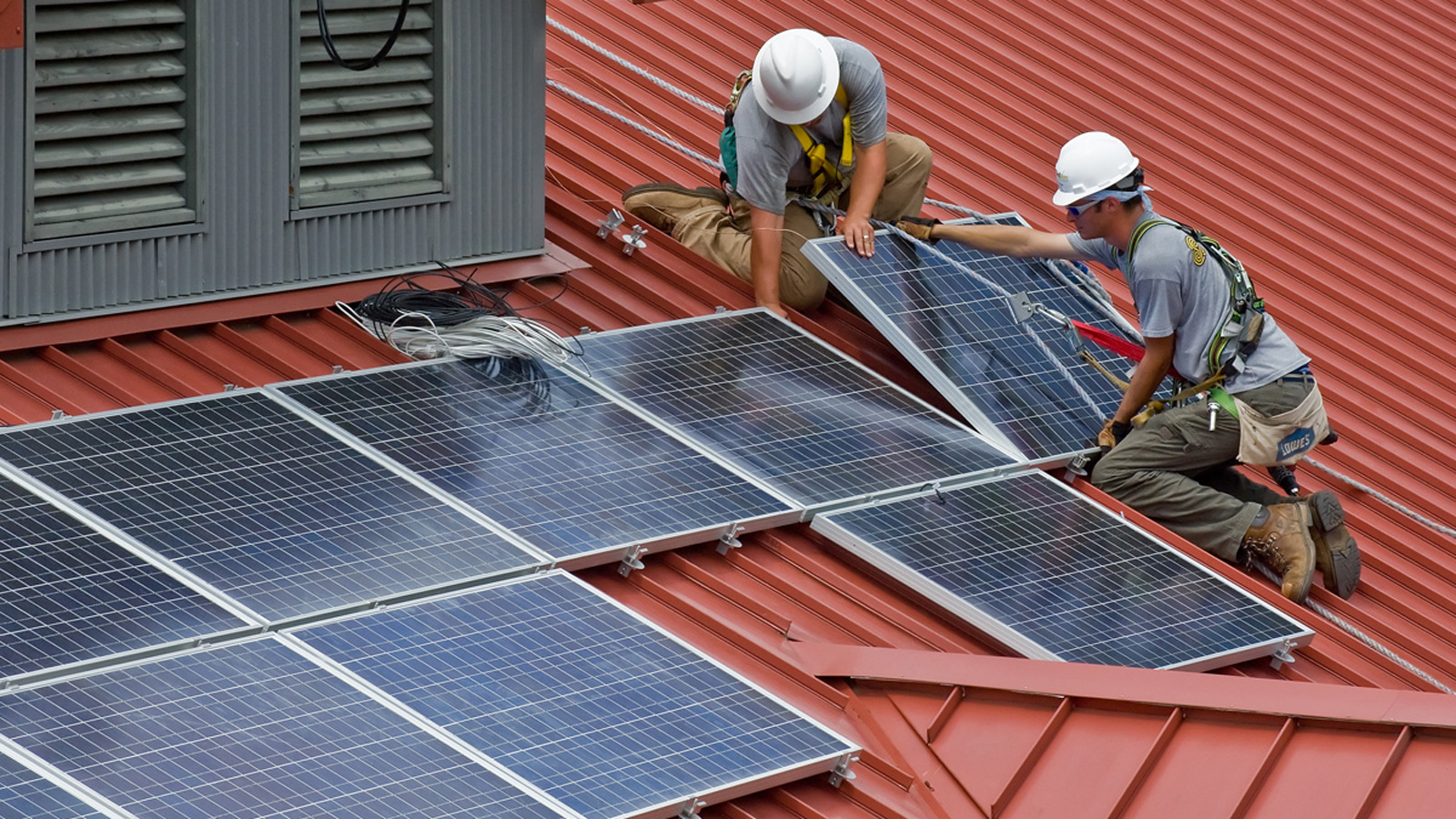A mid-year report: The sun is shining brightly for solar energy
With more than half of 2019 behind us, the month of July presents a good opportunity to take a step back and reflect on the massive solar progress we’ve experienced in the past six months. During that time, solar energy has continued to grow nationally with leaders in state houses and city halls from coast-to-coast helping clear the path.
Written by Bella Pucker, summer Go Solar intern with Environment America.

Photo credit: Wayne National Forest via Flickr, CC BY 2.0
With more than half of 2019 behind us, the month of July presents a good opportunity to take a step back and reflect on the massive solar progress we’ve experienced in the past six months. During that time, solar energy has continued to grow nationally with leaders in state houses and city halls from coast-to-coast helping clear the path.
At the state/territory level, bold commitments to energy from exclusively renewable sources were a national trend throughout the first half of the year. Since January, Washington, Pennsylvania, New Mexico, New York, Maine, Puerto Rico and the District of Columbia have all passed 100 percent renewable energy goals. Solar energy has and will continue to play a key role in meeting these pledges because it not only provides clean, emission-free electricity but also delivers additional benefits to the grid, environment and society.
Very few places better represent this commitment to solar than the municipal level. As Environment America’s Shining Cities 2019 report indicates, cities across the country are broadly embracing renewable energy — specifically solar power. Of the 57 cities evaluated in Environment America’s annual survey of solar energy capacity, 79 percent more than doubled their solar capacity between 2013 and 2018. That progress is, in large part, due to a slew of their own renewable energy commitments and initiatives.
For example, Los Angeles launched its own Green New Deal this past April. It is a comprehensive plan for confronting the climate crisis that involves bold targets and goals, including carbon neutrality by 2050 and 80 percent renewable energy by 2036. L.A. is currently the city with the most total solar energy installed in America, with 360 MW. As laid out in the city’s Green New Deal, L.A. aims to have installed 1,950 MW of solar by 2050.
This local and state leadership is definitely paying off. In May, the United States surpassed two million solar panel installations, according to data released by Wood Mackenzie Power & Renewables and the Solar Energy Industries Association (SEIA). While it took decades to reach one million in 2016, the second million took just three years.
With continued leadership and commitment, we can get to the next million quickly. This week, Environment America’s “Mayors for Solar Energy” project released a letter reflecting mayors’ widespread commitment to making solar power a priority for their cities. More than 250 municipal leaders have signed on to the letter, and they represent a diverse, bipartisan group from cities in all 50 U.S. states and territories. Their advocacy demonstrates that interest in building solar capacity continues to grow.
Beyond the letter, members of the group have participated in five webinars in the past six months that center on the ins and outs of solar energy. By offering information on a range of topics, including solar bulk purchasing, on-site solar development and solar home policies, these webinars provide mayors with the tools they need to get their communities on track for a future powered by clean energy from the sun.
“People are really excited about solar,” said Emily Steiver, chief operating officer and vice president of field operations with Solar United Neighbors, in one of Environment America’s webinars this past June. “They are a little bit daunted, but given the opportunity to learn about it and feel like they are making an informed decision, they get really jazzed up.” With this sort of energy and momentum behind this movement, there is good reason to be full of optimism about what the rest of 2019 — and beyond — may bring.
